Part 2: Strengthening Exercises to Improve Performace
I hope it is safe to say…”Spring has sprung!” In about another month we can hopefully say the snow will be gone and we can confidently hit the links for golf sweason 2019. In my last article, I wrote about the importance of a golf-specific training program that focuses on mobility and strength. Today I would like to write about “golf” strength and specifically the “golfer’s core.”
As I mentioned in the last article, the most common area golfers injure is the lower back. Of all golfing injuries reported, over a third are lower back related. For the last 22 years, my main specialty has been the spine and through the years I have treated countless golfers with back pain. In fact, my main reason for starting a program for golfers was because I have worked with so many patients with back pain that wanted to golf as one of their top reasons for seeking treatment.
Some of my most memorable patients through the years were golfers. One of my first patients ever had a condition called Ankylosing Spondylitis. This is a form of arthritis that can lead to an “ankylosing” which means a fusing of the spinal joints. His condition was advanced and most of his spine had fused. His main concern/reason for coming to PT was not the pain in his back that is often associated with this condition, it was to help him improve his shoulders so he could keep golfing. It was a tough case because once the spine is fused that segment will not move again and although we helped him, I knew it would eventually prevent him from the one activity he loved….golf.
One of my all-time favorite patients was a man named Irv. He was in his mid-80’s and had stenosis in his lower back. He was able to do most things without much pain or difficulty, but walking from the golf cart to the greens, putting and walking back had become almost too painful for him to continue. Irv and I worked on improving his motion as much as we could, and then we worked on getting him stronger. He is a big reason why I tell my patients that I am sure we can improve your symptoms if you have stenosis...I just don’t know how much.
Irv achieved his goal of walking to the greens and back and continued to golf. Irv was never able to walk even a ¼ mile without his back and legs bothering him, but he was able to get to the greens and putt! In fact, on New Years Eve day Irv and I golfed in 70-degree weather. We were in Virginia and it was the best round of golf I have ever played.
There are a lot of reasons why a golfer can develop back pain. For example, the golf swing subjects the lumbar spine to rapid, intense forces. These forces may predispose the golfing population to muscle strains, spondylolysis, and over time possibly contribute to degenerative disc disease and facet joint degeneration. To determine why the individual golfer is having back pain, I believe it is important to have an evaluation to determine what your own body is capable of doing or what it lacks that capability of doing.
Often golfers are told that their swing mechanics are to blame, and that is definitely the case for some golfers, but other times it is because they have joint mobility issues or in some cases a weakness in the muscles of the hips, pelvis and lower back. These muscles are often called the “core” and are contributing to the faulty swing patterns and affecting the joints negatively. What I have found is that the general core exercises, although helpful, often do not address the weaknesses the golfer experiences.
I am using “golfer’s core” as a way of distinguishing general core strengthening from the strengthening I use with my golfers. There are definitely some overlapping exercises I use with non-golfers, but it is critical to identify if someone is strong throughout their full range of motion. I will often treat patients that have been working on their motion and their strength, but not their strength through their range of motion.
Another variable is how stable the golfer’s lower back is when encountering a strong force like when using the driver or a swing on an incline or other awkward angles/positions. Learning how to maintain stability through a full range of motion is often the difference between pain and a long drive or a perfect chip. These weaknesses are often noticed in faulty swing patterns or faulty movement patterns in the body.
I believe that a good pro can help improve someone’s swing mechanics and although a good pro will use similar educational tools, the best ones help the individual by focusing on what works best for the golfer. This is similar to having someone recommend the right strengthening exercises for the golfer. Finding out if someone has difficulty in the backswing as compared to the inability to decelerate in the follow through can make all the difference in what exercises to choose for the golfer.
I am not someone that thinks just doing some strength exercises will be the solution, any more than I believe a general range of motion exercises will fix the problem. I will say that a general program is certainly better than nothing, but identifying the individual’s weaknesses, or compensatory movements are far more beneficial for an injury-free golf season.
The best solutions for minimizing your risk of injury this golf season is to get into a program that includes mobility exercises for joints used when swinging a golf club...hint...it’s all the joints! I also recommend keeping your soft tissue mobile with foam rolling or regular manual therapy. The final ingredient in the injury prevention program should be a strength program that consists of core stabilization exercises and specific muscles that golfers need for a strong/powerful swing.
If you are getting ready for the season and would like an assessment I am starting a program through FysioFit Golf to kick off the season. I will be working with golfers throughout the season, but I thought offering a program specifically tailored to the individual golfer would be a good way to start the season. If you are interested you can call me at 518-306-1225 or go to my website: www.FysioFitPT.com and click the “Golfers Program” in the upper right corner of the home page. It has all the information on the programs. Thanks for reading!




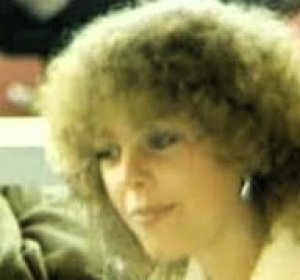

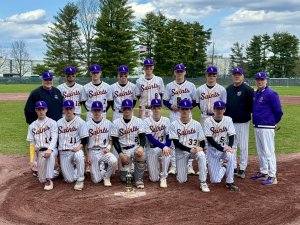






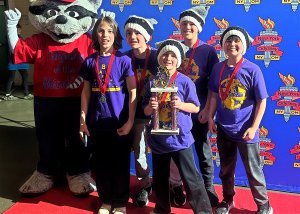
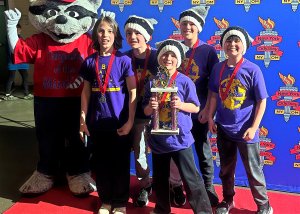










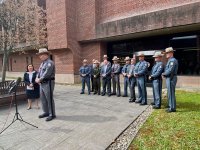
 How to resolve AdBlock issue?
How to resolve AdBlock issue? 









